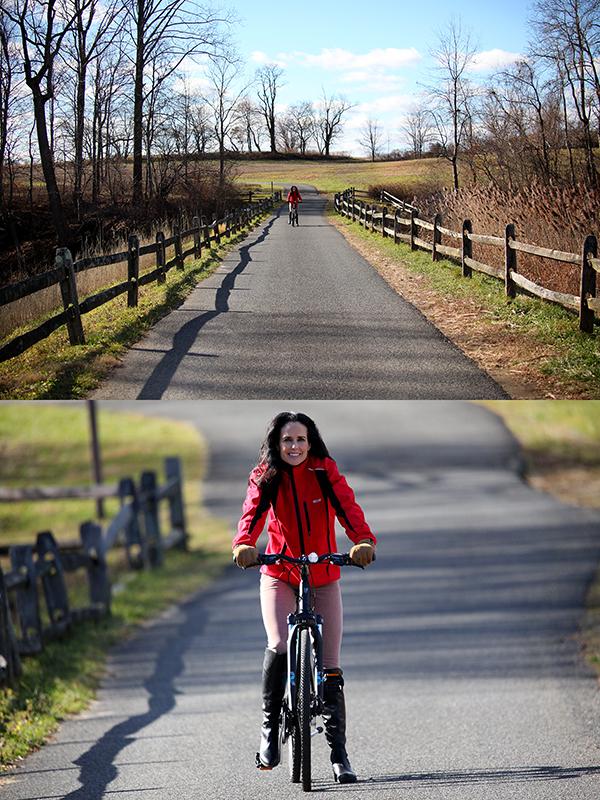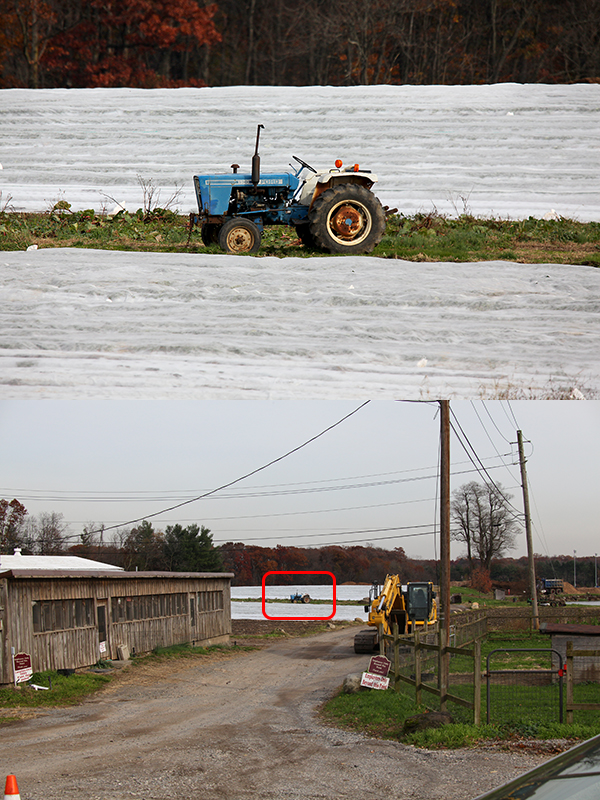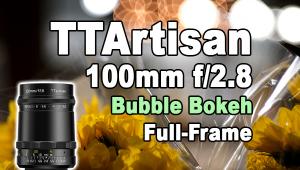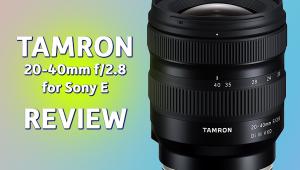Sigma 60-600mm f/4.5-6.3 DG OS HSM Sports Zoom Lens Review


Sigma’s new 60-600mm f/4.5-6.3 DG OS HSM Sports zoom lens delivers in a big way. Among all lenses that reach 600mm it has the greatest zoom range at 10X. This potent professional tool has a few surprise features, too.
What can you shoot with a Sigma 60-600mm zoom lens? An amazing range of things, it turns out.
When approached with the opportunity to evaluate this bucket list lens, the first potential targets that came to mind were sports (baseball in particular) and wildlife (my neighbor the Great Blue Heron). Alas, my trial for the Sigma 60-600mm f/4.5-6.3 lens commenced in late November; it was too late for either subject. So I had to become a bit more creative.

Specifications/Benefits
The big drawing card for this Sigma lens is the long 600mm telephoto and the ability to zoom—and thereby change composition—all the way back to 60mm. The f/4.5-6.3 aperture is more than satisfactory for a lens of this range and focal length.
The overall mass with lens hood attached is daunting, and she tips the scales at a hair less than six pounds (5.95 pounds / 2.7 kg). Sigma strategically uses magnesium and TSC (Thermally Stable Composite), a material that’s as strong as iron but as light as aluminum, to keep weight manageable.
Despite its unavoidable large size, the Sigma 60-600mm lens is nicely balanced and includes two features to facilitate transportation and deployment: an Arca Swiss compatible tripod mount that doubles as a carrying grip and a pair of strap loops.

Construction of the Sigma 60-600mm lens is dustproof and splash-proof and the external surface of the front lens element is protected by a coating that’s hydrophobic (water repellent) and oleophobic (oil repellent). The coating not only spares the lens from moisture and minor abrasions, it also makes it easier to keep it clean. Considering the nature of the lens and the likely places where it will be used—mainly outdoors, we can safely assume—the rugged resistance to the elements is highly useful.

The Sigma 60-600mm zoom has an aperture range of f/4.5 to f/32 and the diaphragm consists of nine blades which produce a rounded opening for enhanced bokeh. While I didn’t test the bokeh specifically, what I found was pleasant. Bokeh quality is very subjective, but I liked what I saw, especially when shooting birds at New Jersey’s Audubon Center.
Autofocus is driven by a Hyper Sonic AF Motor which can be overridden easily for manual adjustment or control. Sigma’s Intelligent OS Image Stabilization system counteracts camera shake, a serious concern for focal lengths this long. Stabilization benefit is equivalent to approximately four f/stops. This means you can shoot four stops slower than when shooting the same lens without stabilization and still be free of image degradation caused by camera jitters.

Optical Construction
The optical formulation of the Sigma 60-600mm zoom includes 25 elements in 19 groups and incorporates three FLD elements and one SLD element. The design is said to maximize correction of magnification chromatic aberration. While this is impossible to measure in my home workshop, I can confirm that I did not encounter this naturally occurring flaw in the field.
One additional feature that Sigma built into the optical formula of the 60-600mm f/4.5-6.3 DG OS HSM Sports: when shooting at the focal length of 200mm, the lens can be used for Macro photography and delivers a respectable maximum magnification ratio of 1:3.3.

The Benefits of Sigma’s Intelligent OS Image Stabilization System
It’s impossible to overstate the importance of effective image stabilization, particularly when it comes to long telephoto lenses. As focal length increases, tiny camera tremors are magnified; the longer the focal length, the greater the magnification.
If you want to experience what it’s like to use a super-long lens without stabilization, trying looking through a pair of 7X binoculars while riding in a moving vehicle (not while you’re driving, of course). Headache guaranteed within 90 seconds.

So how does Sigma’s Intelligent OS anti-shake technology stack up? We’ll get to that in a minute.
Handling and Feel
The Sigma 60-600mm is a large lens, no sugar coating that. And it’s heavy. But then again, it’s a 600mm telephoto and it’s a 10X 60-600mm zoom with a moderately large aperture. There is no earthly way to make such a beast fit inside a Yeti tumbler.

As mentioned above, the Sigma 60-600mm f/4.5-6.3 DG OS HSM Sports lens has two built-in strap loops, similar to those found on the Canon 5D series cameras I used during this evaluation. Also included, a heavy duty strap and a robust case.
Carrying the lens-plus-camera combination by the lens strap instead of the camera’s neck strap helped balance the load and I found it rather comfortable. One should never carry a heavy lens by the strap that’s attached to the camera because that puts an enormous load on the camera’s lens mount.
By the same token, one should never attach a heavy combination like this to a tripod by connecting the tripod head directly to the bottom of the camera. Instead, use the tripod mount that is attached to the lens. Sigma includes a tripod mount that is compatible with the Arca Swiss format.
That means that in the great majority of cases, the tripod mount will dovetail directly into the slot on the tripod head that holds the mounting plate. Keep the plate in your pocket—it’s much easier (and more secure) to connect and disconnect the camera via the Arca Swiss compatible mount.
And the rotating tripod mount serves as a useful carrying handle. This again protects the camera’s lens mount from abnormal strain.
All of this said, I found myself carrying the Sigma 60-600mm f/4.5-6.3 DG OS HSM Sports zoom lens near my chest the way Daniel Boone cradled his squirrel rifle.

Performance Summary
My investigations into the Sigma 60-600mm's performance centered around three aspects of this big zoom. First, is it “sharp” in the sense that resolution, image contrast and overall acutance are acceptable? Second, is the image stabilization hearty enough that I could shoot this behemoth handheld? (The smart money is on using a tripod when practical, but you know as well as I do that you’re going to pick it up and shoot it offhand.)
And finally, exactly what do images shot at 60mm and at 600mm with this Sigma lens look like when compared side-by-side? This last part is an “oh, wow!” sort of test, not an objective performance evaluation.

Long story told short, I was amazed by the outstanding performance of the Sigma 60-600mm lens. Sharpness, color fidelity and image contrast were superb. Sharp at 600mm? Take a look at the photos posted here and judge for yourself. When viewed at 100% in pixel-peeping mode, the images snap and crackle with sharpness and color.
Yes, but can you shoot handheld with this massive Sigma lens? That was the big Q in my mind. The answer is “yes.”
I was able shoot handheld using the Sigma 60-600mm with no trouble. In fact, I did the big no-no, I shot through the open window of my car while the engine was running (the motor vibration makes it harder to shoot than otherwise).
Don’t misunderstand—I still recommend a tripod for best results. But when it’s more convenient or more creative to shoot handheld, I’d have no hesitation.

Conclusion
It should come as no surprise that Sigma has produced a high quality telephoto zoom lens with powerfully long reach and a 10X zoom ratio. Many years ago Sigma introduced the 50-500mm f/4.5-6.3 zoom lens, affectionately called “Bigma” by its fans.
The Sigma 60-600mm f/4.5-6.3 DG OS HSM Sports is an outstanding zoom lens for wildlife, sports, birding, fine art and other situations where a long 10X telephoto zoom with 600mm of reach might fetch exciting results. My only regret is that I had access to this lens only in late November, long after the New Jersey Jackals minor league baseball team had packed away the bats and balls for the year.
But you can bet that come next spring when the season opens, I’ll be knocking on Sigma’s door asking for a loan. Watch for that report here on these pages.
Price and Availability
Price is $1,999 in Sigma, Canon and Nikon mounts. The Sigma 60-600mm f/4.5-6.3 DG OS HSM Sports can be purchased today from Adorama, B&H, and Samy’s Camera as well as from hundreds of other camera stores around the world.
—Jon Sienkiewicz

















































